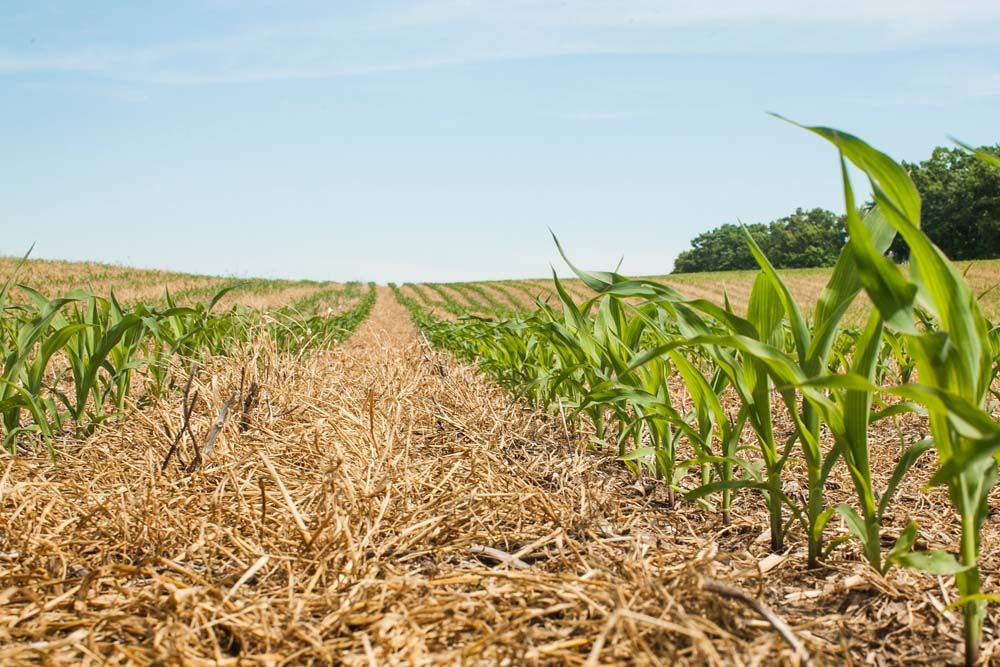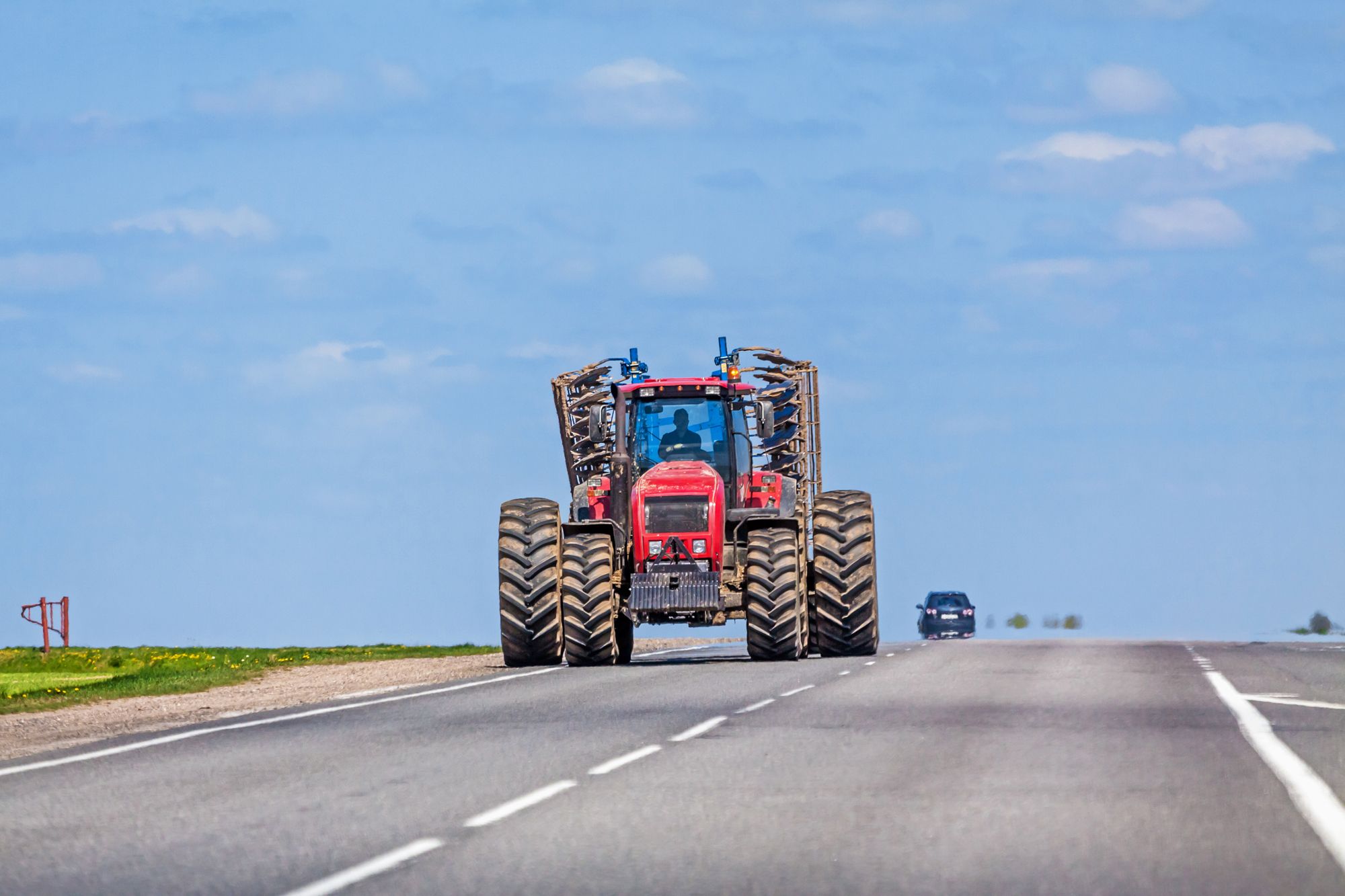Four myths about wheat, busted
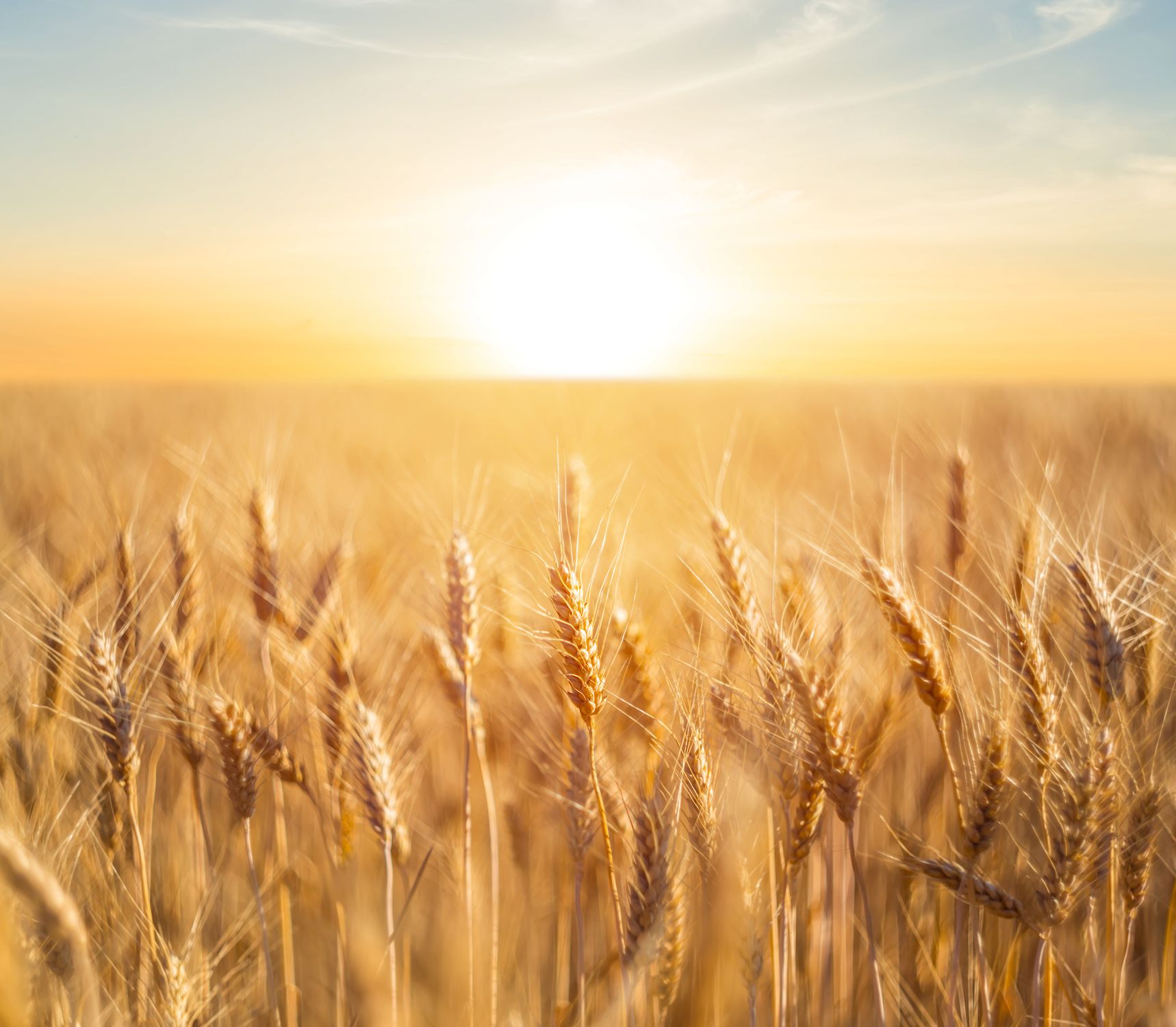

Wheat is one of the world’s most important crops and has been cultivated for over 10,000 years, but due to books like “Wheat Belly,” plus the gluten free movement, campaigns by anti-GMO activists and more, wheat has had a target on its back.
Let’s set the record straight on four common myths about this grain.
Myth #1: Wheat is better in Europe
There are six types of wheat, and each is ideal for different purposes. Some wheat are hard varieties, while others are soft varieties.
Hard wheat has a higher gluten content and produces artisan bread and other products that hold their shape. Soft wheat has a lower gluten content and is used for softer foods, like pastries and cookies.
Most wheat grown in the United States is hard wheat, while most wheat grown in Europe is soft wheat. While all wheat contains gluten, European wheat in general tends to have less gluten than U.S. wheat.
People who are gluten sensitive could possibly have less irritation when eating pasta, breads, and other baked goods in Europe than when eating the same foods in the U.S. This doesn’t mean that European wheat is any better than U.S. wheat, but they’re simply different.
Europe also imports wheat from the United States and Canada, so many wheat-containing foods in Europe have the same U.S. wheat in them.
Another reason some people claim that European wheat is better than U.S. wheat is due to glyphosate use, which leads straight into the next myth.
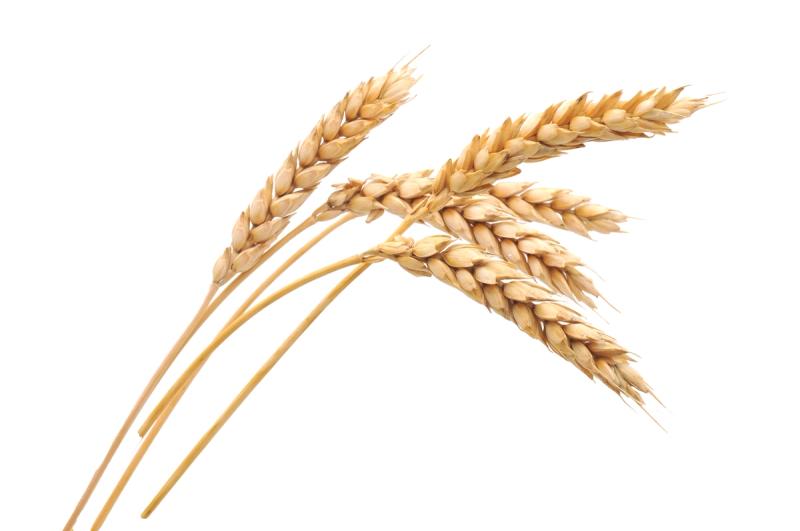
Myth #2: Wheat is drenched in glyphosate
To put it plainly, no, wheat is not drenched in glyphosate.
First off, what is glyphosate? It is the active ingredient in many “non-selective” herbicide formulations used to control weeds. Glyphosate is normally used to control weeds before crops are even planted. Glyphosate has been repeatedly proven to be completely safe. In fact, it’s backed by one of the most extensive worldwide human health, safety, and environmental databases ever compiled for a crop protection product.
Glyphosate is used in just one third of U.S. wheat acres and is normally applied when there is no crop in the field at all.
Glyphosate can be applied to fields before harvest, but this is not common and is used on fewer than 3% of wheat acres. When this pre-harvest application is completed, glyphosate is applied when the wheat kernel is fully developed, so the plant is not absorbing any glyphosate.
The trace pesticides left in treated products or crops are called “residues.” A maximum residue level is the highest level of a pesticide residue legally tolerated in a food. The amount of glyphosate on the harvested wheat after a pre-harvest treatment (just 3% of U.S. wheat) has repeatedly tested well below the approved maximum level.
If there was one part per billion of a herbicide residue in a one pound loaf of bread, a person weighing 150 pounds would have to eat 36,000 loaves in a day, drink over 50,000 bottles of beer, or eat 450,000 standard 1.5 oz servings of oatmeal per day to approach the acceptable daily intake.
Myth #3: Wheat is genetically modified
Did you know that there is no genetically modified wheat in the United States? GMO wheat is only allowed in two countries, Argentina and Brazil. You don’t have to worry about ever looking for a non-GMO label (not that you have anything to worry about by consuming GMOs anyway) on wheat-containing products, simply because there is no genetically modified wheat here.
Myth #4: Wheat contains more gluten than ever
Gluten is often given a bad rap, but this isn’t exactly the case. First, gluten isn’t just found in wheat. Gluten is also found in rye, barley, and triticale—any products containing these grains will have gluten.
Recall, the amount of gluten in wheat varies depending on the variety and purpose of the wheat. The amount of gluten in wheat also depends on growing conditions, such as the level of precipitation during the growing season.
Most importantly, research has shown that gluten levels have remained the same over the last 120 years.
You don’t have to worry about your food having more gluten than ever before.
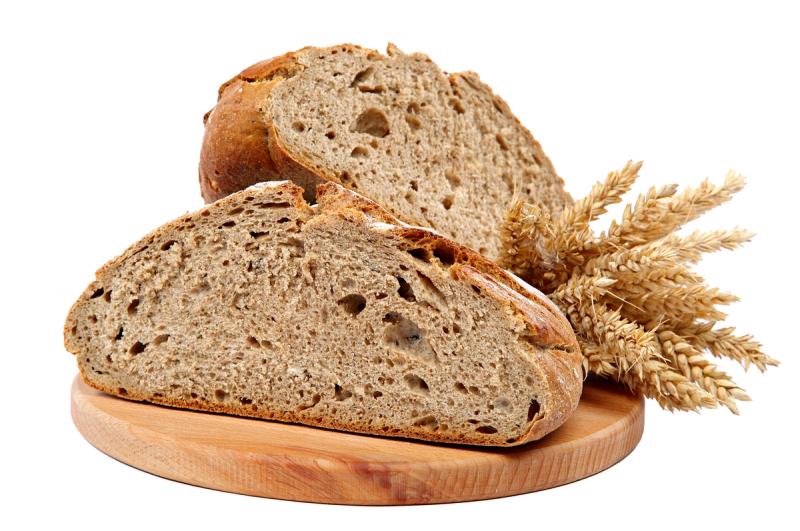
Myths, busted
Hopefully you’ve learned the truth behind some of the key myths surrounding wheat. At the end of the day, American wheat is safe, nutritious, and is the product behind many of our favorite foods. You don’t need to worry about the gluten content, glyphosate use, or any genetic modifications in your wheat.
Remember to base your knowledge of wheat on facts, rather than these misconceptions.
About the author
When not tending to her own 17-acre farm, Michelle Miller aka The Farm Babe is a writer, public speaker, and social media influencer on food and modern agriculture. Learn more about her at thefarmbabe.com.
Tags:The Farm Babe

Acreage Life is part of the Catalyst Communications Network publication family.












